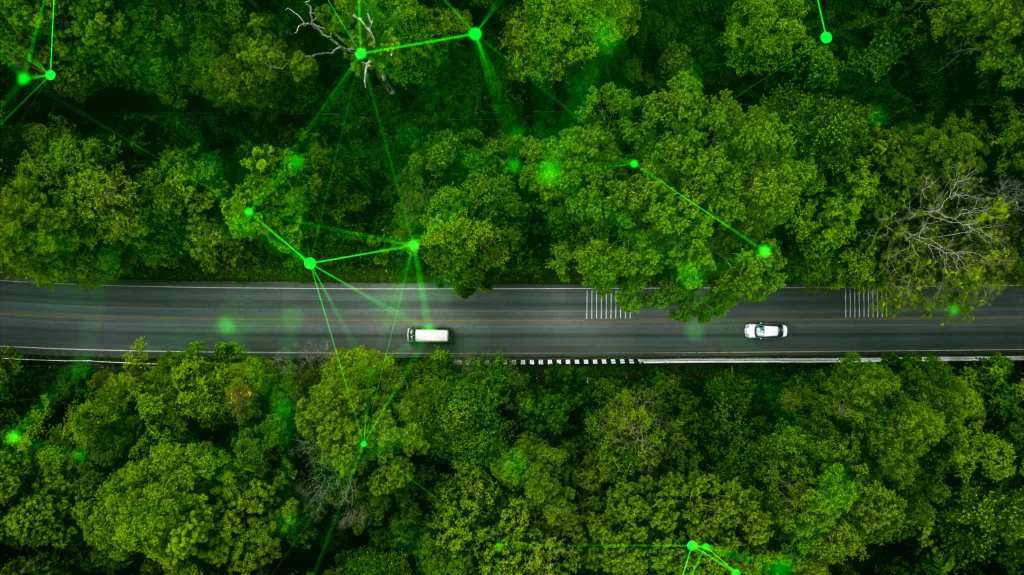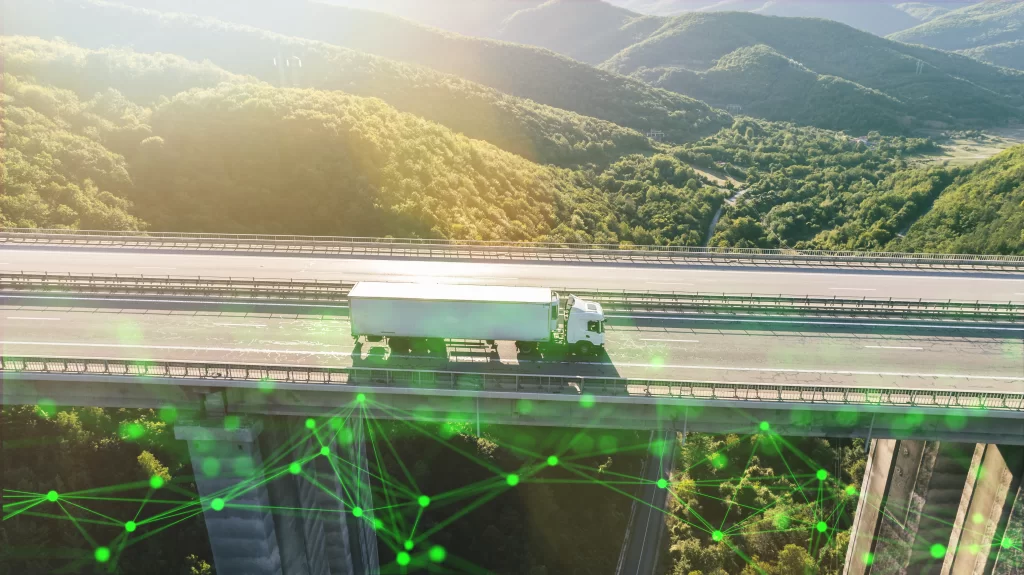The transportation industry is undergoing rapid transformation, with new technologies and innovations reshaping how we travel and interact with our environments. As we approach 2024, several cutting-edge developments are poised to make significant impacts on the way we move. From advancements in electric vehicles to the rise of autonomous driving technology, here’s a look at the top transport innovations to watch in the coming year.
1. Electric Vehicles (EVs) and Charging Infrastructure
Advancements in Battery Technology
The continued evolution of battery technology is central to the growth of electric vehicles. In 2024, we can expect further improvements in battery efficiency, range, and charging speed.
- Solid-State Batteries: Emerging solid-state batteries offer higher energy density and faster charging times compared to traditional lithium-ion batteries.
- Extended Range: New battery innovations are increasing the driving range of EVs, making them more practical for long-distance travel.
Expansion of Charging Networks
To support the growing number of electric vehicles, the expansion of charging infrastructure is crucial. 2024 will see significant advancements in this area.
- Fast Chargers: The installation of ultra-fast chargers that can replenish EV batteries in minutes is becoming more widespread.
- Wireless Charging: Developments in wireless charging technology are making it possible to charge vehicles without physical connections.

2. Autonomous Vehicles (AVs)
Enhanced Self-Driving Capabilities
Autonomous vehicles are advancing rapidly, with more sophisticated self-driving systems being introduced in 2024.
- Level 4 and 5 Autonomy: Vehicles with Level 4 and 5 autonomy, which require minimal to no human intervention, are expected to become more common.
- Improved Safety Features: Enhanced sensors and AI algorithms are improving the safety and reliability of self-driving technology.
Integration with Smart Cities
Autonomous vehicles are increasingly integrated into smart city infrastructure, optimizing traffic flow and enhancing urban mobility.
- Vehicle-to-Everything (V2X) Communication: V2X technology allows vehicles to communicate with each other and with city infrastructure to improve traffic management and safety.
- Shared AV Fleets: Autonomous ride-sharing services are expanding, offering convenient and cost-effective transportation options.
3. Hyperloop and High-Speed Rail
Development of Hyperloop Systems
The concept of Hyperloop, a high-speed transportation system using vacuum tubes, is gaining momentum with new developments in 2024.
- Prototype Testing: Several companies are advancing prototype testing and working towards commercial implementation of Hyperloop technology.
- Efficiency Gains: Hyperloop systems promise significant reductions in travel time and energy consumption compared to traditional rail.
Advancements in High-Speed Rail
High-speed rail continues to evolve, with new projects and technological improvements enhancing efficiency and connectivity.
- Maglev Technology: Magnetic levitation (Maglev) trains are being developed to achieve even higher speeds and smoother rides.
- Expanded Networks: High-speed rail networks are expanding in regions like Asia and Europe, offering faster and more reliable travel options.
4. Sustainable Transportation Solutions
Green Hydrogen Fuel Cells
Green hydrogen fuel cells are emerging as a clean alternative to traditional fuels, offering a zero-emission solution for transportation.
- Hydrogen-Powered Vehicles: Automakers are introducing hydrogen-powered cars, buses, and trucks with longer ranges and quicker refueling times.
- Infrastructure Development: The development of hydrogen refueling stations is increasing, supporting the growth of hydrogen-powered transportation.
Electric Bikes and Scooters
Electric bikes and scooters are becoming popular for short-distance travel and urban commuting, contributing to more sustainable transportation options.
- Increased Adoption: Cities are expanding bike-sharing and scooter-sharing programs to promote eco-friendly transportation.
- Technological Enhancements: Improvements in battery life and design are making electric bikes and scooters more efficient and user-friendly.
5. Smart Transportation Systems
Advanced Traffic Management
Smart traffic management systems are using data and technology to improve traffic flow and reduce congestion.
- Real-Time Traffic Data: Traffic sensors and AI algorithms provide real-time data to optimize signal timings and reduce bottlenecks.
- Dynamic Routing: Navigation apps are using advanced analytics to offer dynamic routing options that avoid traffic delays.
Connected Vehicles
Connected vehicle technology allows vehicles to communicate with each other and with infrastructure to enhance safety and efficiency.
- Vehicle-to-Infrastructure (V2I) Systems: V2I systems enable vehicles to receive information from traffic signals, road signs, and other infrastructure elements.
- Enhanced Safety Features: Connected vehicles can share data about road conditions and potential hazards, improving overall safety.
6. Innovative Urban Mobility Solutions
On-Demand Transit Services
On-demand transit services are revolutionizing urban mobility by offering flexible and convenient transportation options.
- Ride-Hailing Apps: Ride-hailing services are incorporating more advanced features, such as dynamic pricing and real-time tracking.
- Microtransit Solutions: Microtransit services provide flexible, on-demand shuttle services that complement existing public transit systems.
Urban Air Mobility
Urban air mobility (UAM) is exploring the use of aerial vehicles for short-distance travel within cities.
- eVTOL Aircraft: Electric vertical takeoff and landing (eVTOL) aircraft are being developed to offer efficient and sustainable urban air travel.
- Regulatory Frameworks: Governments and agencies are working on regulatory frameworks to support the integration of UAM into urban transportation networks.
Conclusion
The transport innovations of 2024 are set to transform the way we travel, making transportation more sustainable, efficient, and connected. From advancements in electric vehicles and autonomous technology to the development of Hyperloop systems and green hydrogen fuel cells, these innovations promise to shape the future of mobility and address some of the most pressing challenges facing the transportation industry. As these technologies continue to evolve, they will play a crucial role in creating a more sustainable and efficient transportation landscape for the years to come.



